
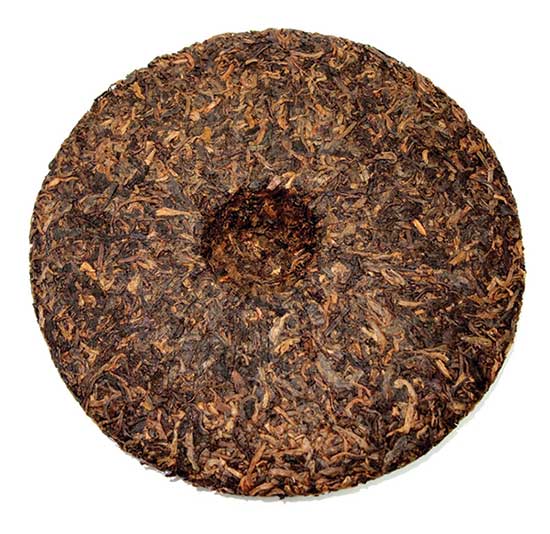 |
|
[Photo by Ye Jun/China Daily] |
Because the matured pu'er is so popular for its comforting mellow taste, in 1973, Menghai Tea Factory and Kunming Tea Factory in Yunnan jointly researched a method to ferment pu'er at controlled high temperature and humidity. Most of the shoupu, matured pu'er cakes, we see today are made using this method.
Once made into a cake, previously as a way to make transportation and storage easy, the taste also becomes more concentrated than the loose tea it is made with. Raw pu'er has a typical green plum taste. Raw tea cakes from some special territories like Bingdao and Xigui present an exquisite orchid aroma. But after a few years of natural aging, the taste becomes mellower and rounder, and a matured aroma arises that resembles dried jujube, longan, ginseng, lotus and sometimes camphorwood. The color of the drink is a beautiful bright red.
The best pu'er teas are from ancient trees on high mountains. It is not uncommon for Yunnan tea farmers to harvest leaves from trees that are several hundred years old. In fact, the oldest tea tree in Yunnan is a 3,200-year-old tree in Fengqing, Lincang city.
The long fame of pu'er has to do with the Tea Horse Road, an ancient road established during the Song Dynasty (960-1279) to trade horses for tea between Han people in Sichuan, Shaanxi and Yunnan provinces and ethnic groups in Tibet. There are three major routes inside China, one of them starting from Simao in the Qing Dynasty (1644-1911), which changed its name to Pu'er in 2007.
Because of its apparently healthy benefits, pu'er has become popular nationwide. And Pu'er became popular in Hong Kong and Taiwan in the 1990s when writers praised the taste and fragrance of old pu'er, and people began to collect it, making the price soar. Then some collectors hired dealers to stock up on new teas and put their old teas up for auction, which further pushed up prices.
In 2007, people stopped buying, and in the following years, sales and prices both dropped. However, the production of pu'er has recovered.
Despite the price fluctuations for other pu'er, the prices for the best-quality pu'er from the high mountains and old trees have remained high. A kilo of loose tea from Bingdao, for example, costs more than 10,000 yuan.
But one can always find a good pu'er from a relatively mature tea tree, one that is more than 80 years old, at a good price, around 200 yuan for a cake of 357 grams.
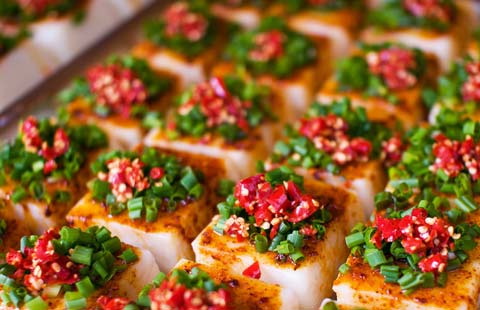
China's top 10 foodie cities |
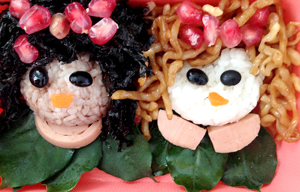
Cute boxed meals |
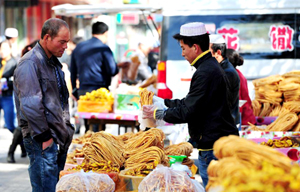
Muslims greet annual festival of Eid al-Adha in Yinchuan |
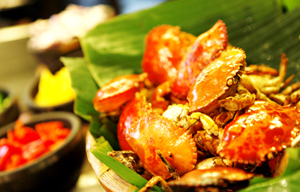
Cafe Noir hosts Singapore food festival |
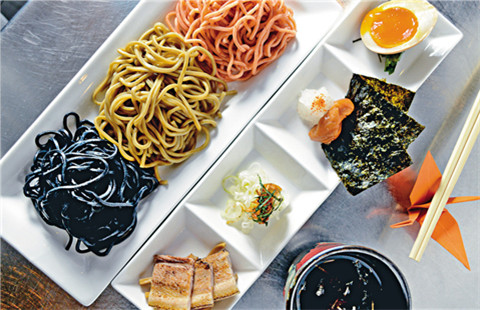
11 cold noodles for hot summer days |

Top 10 catering brands in China |
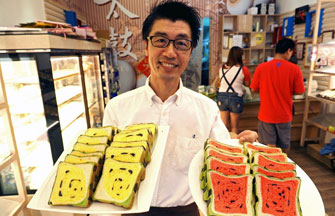
Watermelon toast gains popularity in Taiwan |
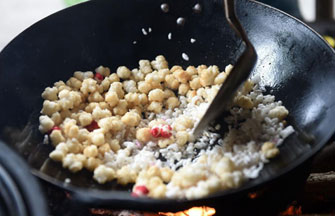
Tradition of drinking oleic tea in Guangxi |